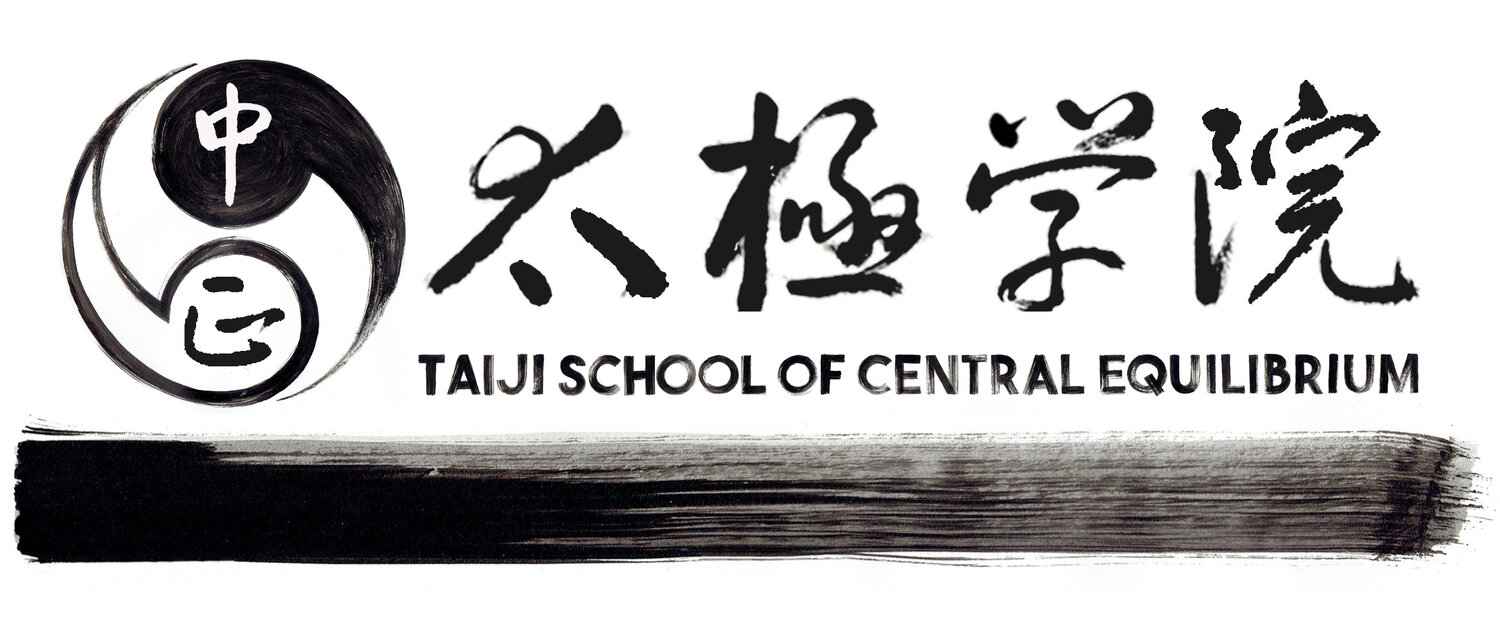Master Huang on a Waka (an indigenous NZ canoe). Huang had plans to retire to NZ, sadly he passed away before he could..
Teacher Huang’s martial arts journey begins with the Fujian White Crane. When he was a young boy his mother was assaulted by a man in their village and died of her injuries. Before her death she made him promise not to seek revenge. However, from this incident he realised that in order to protect himself he had to learn martial arts.
His first teacher was the renowned White Crane practitioner Xie Zhong Xiang who was 70 at the time. Xie Zhong Xiang is often attributed as being the teacher of Higashionna Kanryo who was subsequently the teacher of the founder of Goju Ryu karate, Chojun Miyagi. In Japanese he is referred to as Ryu Ryu Ko.
After a few years of personal tutelage Huang was sent to study full time for two years with Master Xie’s eldest disciple Chien Shih Ting. This was because Master Xie was getting too old to teach Huang. While learning from Chien, Huang had to wake up early in the morning and walk for two hours to Chiens house to train. In between training he would help Chien in the field farming as a form of payment for classes and food. As he was the most junior among Chiens students he had to cook for them.
When lunch time was approaching, he would cook while the others trained. While the seniors were having lunch Huang would do his training. Quite often after this training, he would return to the kitchen only to find that there wasn’t much food left for him. After this happened a few times Huang decided to start hiding some food out of sight from the seniors in order to ensure that he would not go hungry.
In 1930 Teacher Huang studied under another White Crane exponent: Master Pan Chun Nien. Master Pan was also a practitioner of Traditional Chinese Medicine, specialising in bone setting. Skills which he would also pass on to Huang.
According to Huang, of all his White Crane teachers Master Pan was the most relaxed. Master Pan also happened to be an opium addict. Whenever Huang had some extra money he would buy some opium for Master Pan. While on opium Master Pan would start showing and explaining the White crane in greater depth.
Master Pan was also responsible for stimulating Huangs interest in other Chinese martial arts. In pursuit of further knowledge, he moved to Shanghai where he began to teach the White Crane. When he first arrived two locals recognised that he was from a small city from the way he dressed. They pretended to offer help to Huang with the intention of robbing him. They started to lure him into a small alley however Huang realised the situation and turned around, proceeding to beat them up.
In 1934 at the request of Master Pan he came back to his hometown of Fuzhou to take part in the county martial art free fighting competition. He won this competition and would go on to represent his county for the Fujian Provincial competition. In this he came runner up. Losing by one point behind the winner Chang Jih Chang.
Chang Jih Chang was renowned for his leg sweeps and during the competition he used this technique on Master Huang. Though the leg sweep did not manage to sweep Huang off his feet it did cause severe injury to Huang’s leg. It would take two years before Huang fully recovered.
Huang continued to teach the White Crane during his time in Taiwan and also during the early years in Singapore (1950s – 1970s). Later on, he only focused on teaching Taiji. I was fortunate enough while under his personal tutelage in Taiji in the early 80s to learn the White Crane from him.
Teacher Huang had insisted that I learn the Fujian White Crane and made me promise that I should continue to teach his system of Whopping Crane. He felt that he had wronged his White Crane teachers by spreading the art of Taiji more than the White Crane. This is the reason why I continue to teach the White Crane and hold classes in the UK.
As stated previously, Master Pan had taught Huang traditional Chinese medicine and Huang also ended up specialising in bone setting. One particular story comes to mind that demonstrates his skill in bone setting and his approach: In his early days in Taiwan he had a patient come in requesting help for bone setting. This man had broken his leg and he had had his bone set by another Chinese physician. It had not been properly set and subsequently had healed incorrectly. The man was still limping. Hearing this Teacher Huang told him to come back the next day.
The next day Teacher Huang was waiting for the man at the entrance to the clinic with a stick in his hand. Without any warning he used the stick and struck the man’s leg, breaking the bone that had incorrectly set. Huang told the man that in order for him to reset the leg he had to break it first but if he told him earlier he would have been nervous about it and the wrong part of the leg might have been broken.

